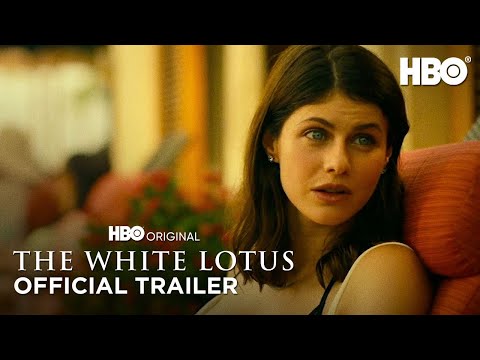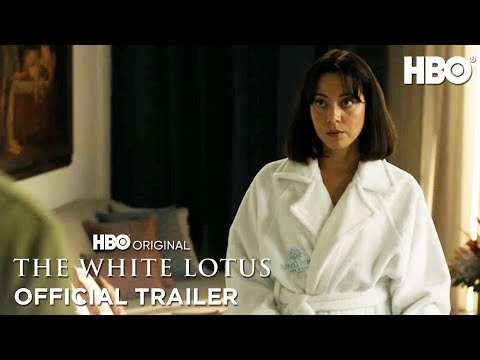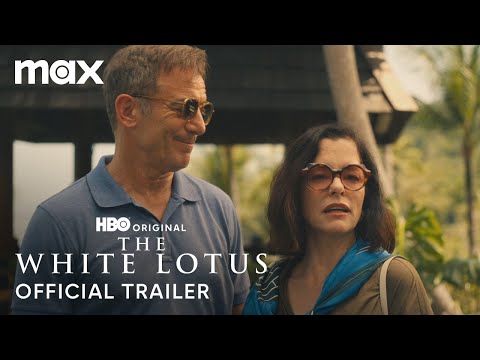If you don’t have a basic handle on Buddhism, “The White Lotus’” third season is either going to be lost on you or unnecessarily tragic.
*Spoilers ahead for all three “White Lotus” seasons
Just a brief overview of the spirituality touched on in each season:
Season One: Hawaii — Mana, Ho’oponopono, Huna
Season Two: Italy — Beauty, Opera, Art, History
Season Three: Thailand — Hope as Suffering, Toglen, Karma
HAWAII
The MANA of Bracelets — “In Hawaiian culture, “mana” refers to a spiritual energy, power or life force that can be found in people, places, objects and even actions. It’s believed to be both external and internal.” The most powerful object(s) in Season One are the bracelets that Mark Mossbacher (Steve Zahn) gives Nicole Mossbacher (Connie Britton) as atonement for his infidelity. The bracelets are the source of all the trouble as their “energy” is one of guilt and shame.
HUNA — There are many themes around the principles of Huna, but the one that stands out for me is Manawa (NOW is the moment of power) as Quinn Mossbacher (Fred Hechinger) leaves his screen addiction behind and enters into the world around him. After getting kicked out of the hotel room and forced to sleep on the beach by the third night he starts to feel the ocean. Later, the “ROWERS” show up and invite him to join them. It’s a beautiful transformation. Aloha: To love is to be happy with
HO’OPONOPONO — “Pono” refers to truth – how the truth will set you free in any conflict and the biggest truth is that we’re all interconnected. The Mossbachers have a running argument with Paula (Brittany O’Grady) about how to find peace with Hawaii and the Hawaiian peoples; the aftermath of modernity and colonialism. There’s a deep exploration of theft and attempts to make things right that Paula and Olivia Mossbacher (Sydney Sweeney) play out in their individual relationship. Paula exploits while championing Hawaii’s victimization, and Olivia genuinely feels remorse at the damage she causes their friendship.
ITALY
BEAUTY — “I’d also die for beauty,” turns out to be one of the most poignant lines from the second season as all kinds of people die for beauty. I think one of show creator Mike White’s unique abilities is how he continually contrasts natural beauty with the wealth of the resorts. “The best things in life are free,” becomes ironic and a bit sad. All the beauty is free but enjoyed by a select few.
OPERA — We live operatic lives full of love and loss, tragedy and comedy and the art form itself is a revelation. “Madame Butterfly” is specifically relevant as it mirrors the tragedy that awaits Tanya (Jennifer Coolidge). On a deeper level, it speaks to the archetypes each of us are living out in our lives.
ART — There are far better-informed minds than I that could point out every piece of art and how it connects to the story and the story of our lives, but it’s enough to get that art both reflects our lives and shapes them.
HISTORY — There’s the history of Italy, the history of the oldest profession in the world, the history of the Di Grasso family…all intertwined and repeating, circles within circles, turtles all the way down.
THAILAND
HOPE — Hope is a form of attachment and attachment, as the monk reminds us at the start of this season’s final episode, is an attempt at control. It’s therefore a continuation of our suffering. Chelsea (Aimee Lou Wood) states at one point that she is Hope and Rick (Walton Goggins) is pain, but in the final episode we learn they are forever tied together, as they are in our own lives. When we hold on to hope (that someone will change for example) it just prolongs our pain.
TONGLEN — “In tonglen meditation, practitioners visualize taking in the suffering, pain and negativity of others with each in-breath, and sending out relief, happiness, and positive energy with each out-breath.” This is White’s invitation to us…to see all this suffering and misery on the screen and to either reject it, take joy in it schadenfreude or take it in and breath out positive energy.
KARMA — In the West we think of KARMA as destiny or fate. Destiny is viewed as generally positive, that we live up to our potential, that God was on our side. Fate is a bit more rough…it’s out of our hands. Karma is a bit of both fate and destiny, it’s the outcomes of our intentions but those intentions can be lives deep. Rick is living out his karma and even with invitations to find another path he can’t get off the wheel.
What do you think?
Did you like the ending? Did Hope have to die?
The post The Spirituality of ‘White Lotus, or Why [Censored] Had to Die appeared first on Hollywood in Toto.


